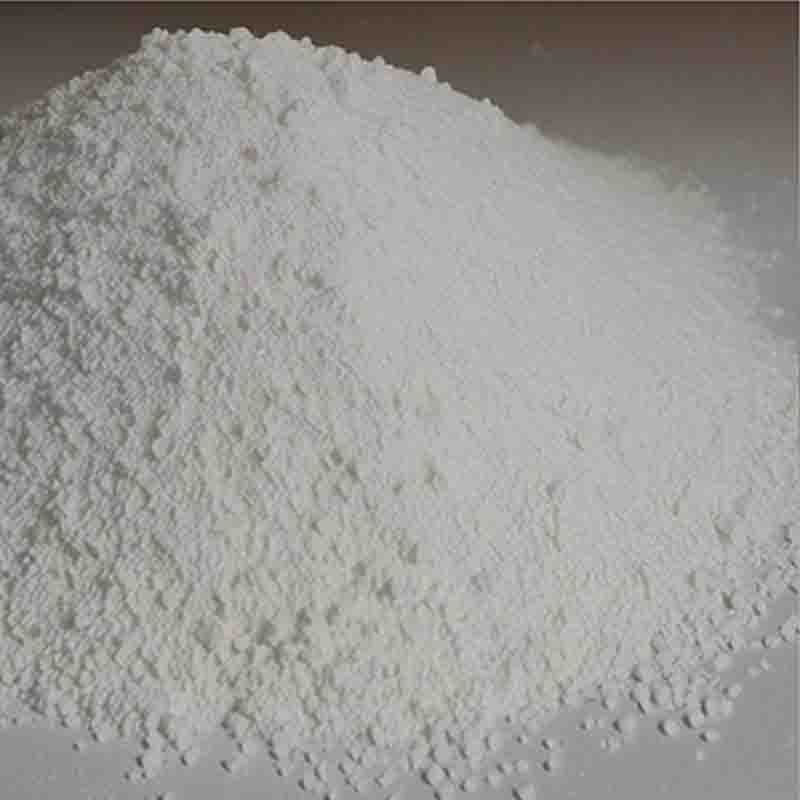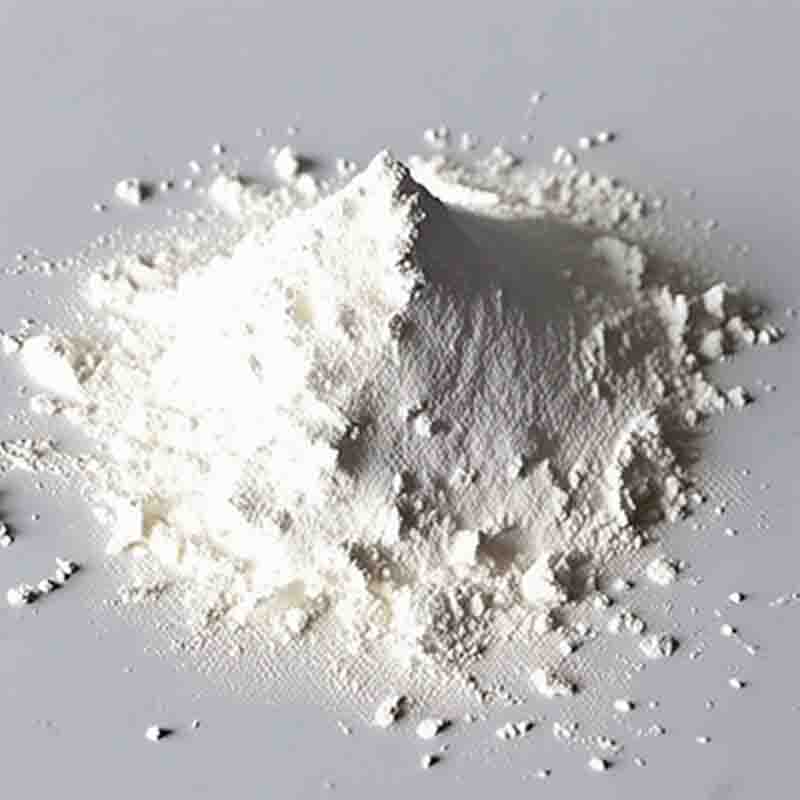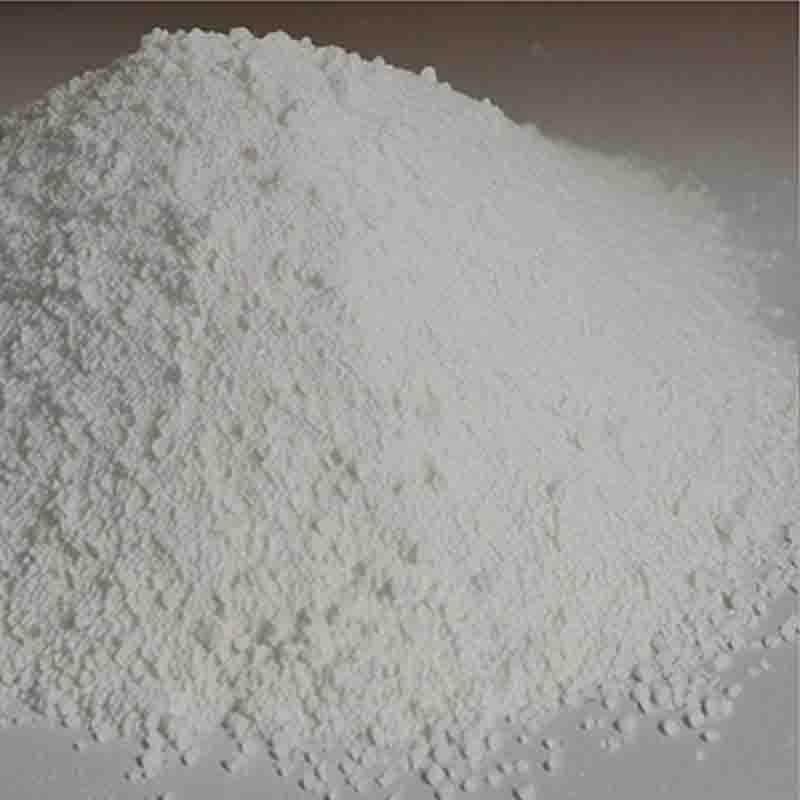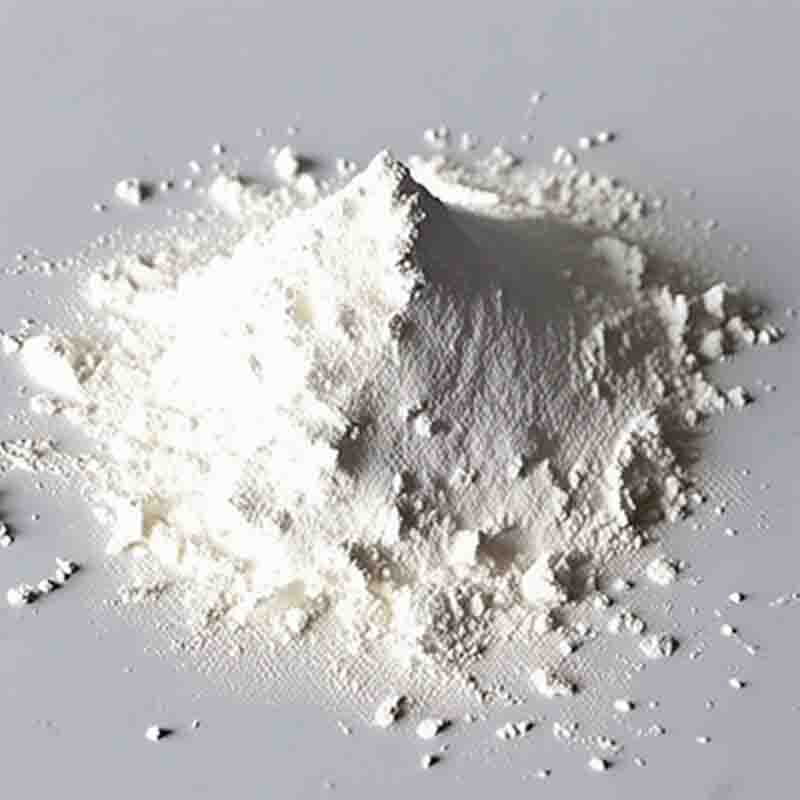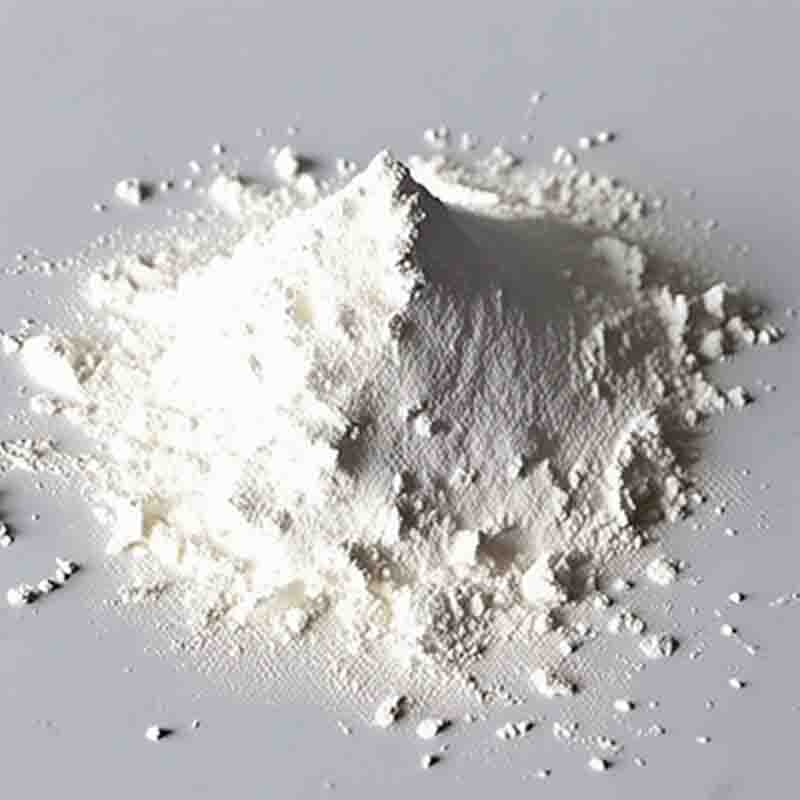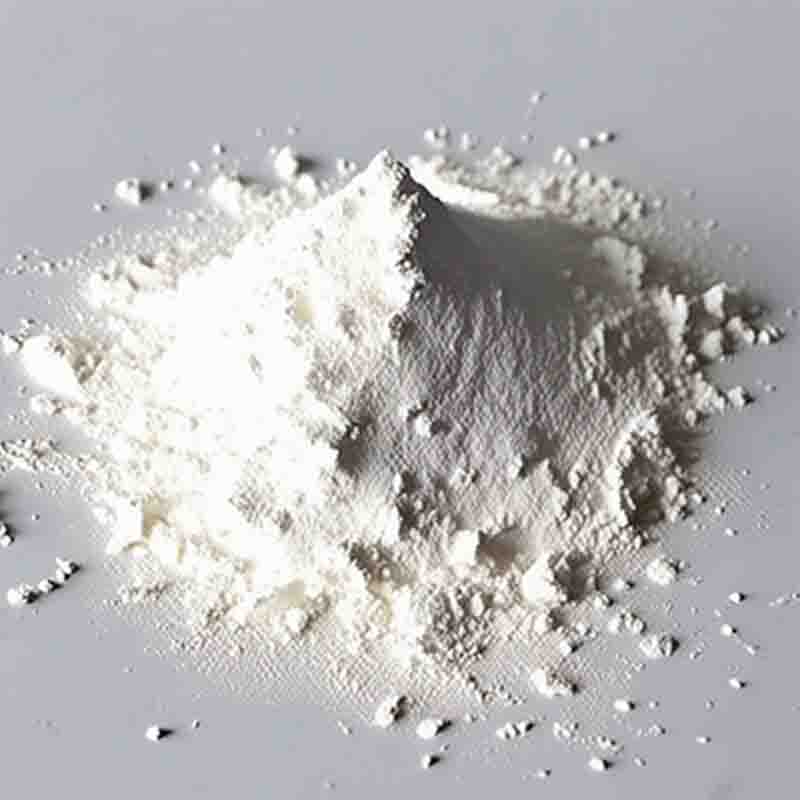Methyl2-bromohexanoate CAS:5445-19-2
| Catalog Number | XD95547 |
| Product Name | Methyl2-bromohexanoate |
| CAS | 5445-19-2 |
| Molecular Formula | C7H13BrO2 |
| Molecular Weight | 209.08 |
| Storage Details | Ambient |
Product Specification
| Appearance | White powder |
| Assay | 99% min |
Methyl 2-bromohexanoate, also known as methyl caproate bromide, is an organic compound with significant effects and applications in various fields, particularly in the pharmaceutical and fragrance industries.One of the primary effects of methyl 2-bromohexanoate is its role as a building block for the synthesis of esters. It can react with various alcohols to form methyl esters, which are widely used in fragrances, flavors, and cosmetics. Methyl 2-bromohexanoate imparts fruity and sweet odors, making it a popular choice for creating desirable scents in perfumes and personal care products.Additionally, methyl 2-bromohexanoate can be used as an intermediate in the synthesis of pharmaceutical compounds. It serves as a precursor for the preparation of various drugs, such as antifungals and antihypertensive agents. Furthermore, it can act as a starting material for the synthesis of bioactive compounds, contributing to drug discovery and development.Furthermore, methyl 2-bromohexanoate exhibits antimicrobial properties, which can be advantageous in certain applications. It has been studied for its potential use as an antimicrobial agent in food preservation and pharmaceutical formulations. Its ability to inhibit the growth of microorganisms makes it valuable in preventing spoilage and extending the shelf life of products.However, it is important to note that methyl 2-bromohexanoate is a hazardous compound and should be handled with caution. The bromine atom attached to the molecule can be harmful if inhaled, ingested, or comes into contact with the skin. Safety measures and protective equipment should be used when working with this compound, and proper storage and disposal practices should be followed.In summary, methyl 2-bromohexanoate has significant effects and applications in various industries. Its ability to form esters contributes to the creation of fragrances and flavors, while its antimicrobial properties make it useful in food preservation and pharmaceutical formulations. However, safety precautions must be taken due to its toxic nature.


